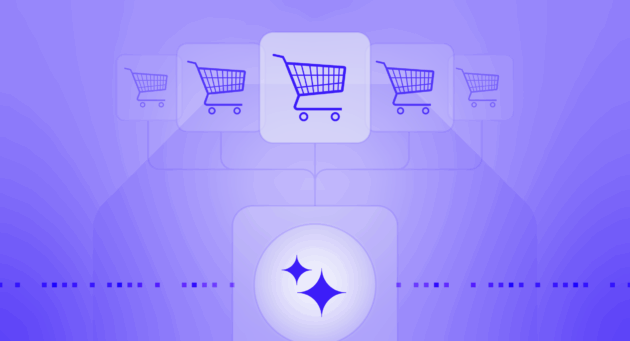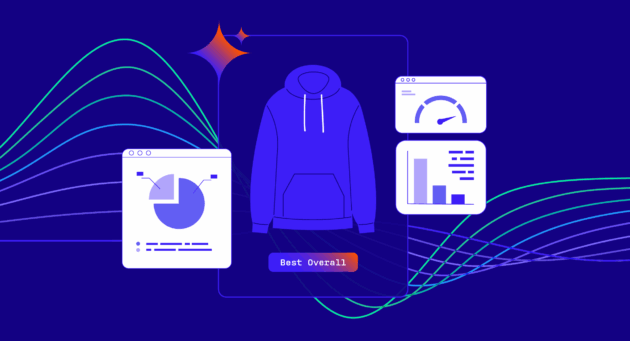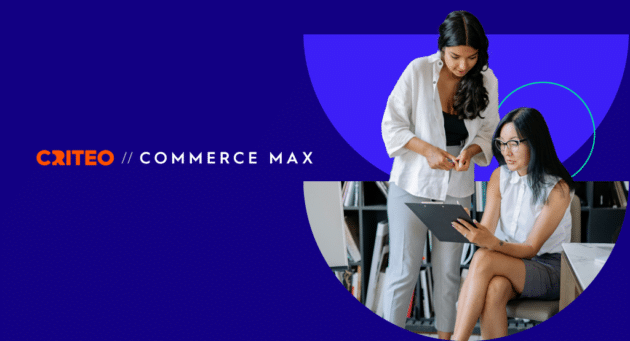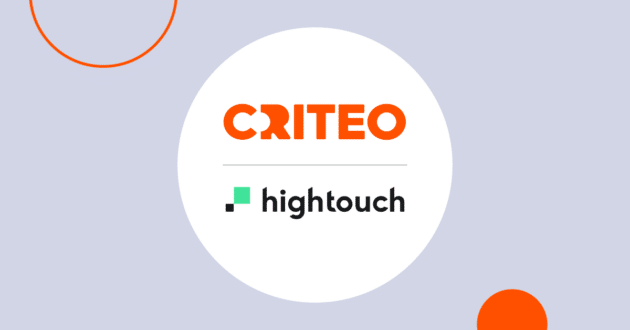Though they sound similar, search retargeting and site retargeting are two very different strategies. What are they? How do they work? When should you use them? For retargeting newbies and those looking for a refresher, we’ll answer these questions and more.
What is search retargeting?
Search retargeting is when you serve display ads to users as they browse the web based on their keyword search behavior. Campaigns are set up with keywords that you choose and that are relevant to your business or products. For example, if you are a furniture retailer, you might want to serve display ads to users who have searched for “leather couch”, or “leather sectional”.
This kind of advertising is successful because it uses intent to connect with shoppers. The shopper may or may not know about you, but they are showing interest in a product or solution that you offer. Think of this as an upper funnel, prospecting strategy.
Search retargeting ads are based on display inventory, which often makes them more affordable, particularly for highly competitive keywords where bidding wars drive up the CPC (cost per click) in search marketing campaigns. These ads also enable advertisers to create visually impactful, branded ads that aren’t possible with PPC campaigns.
What is site retargeting?
Site retargeting, also known as just “retargeting”, involves showing display ads to users who visited your site and then left without completing a purchase to browse elsewhere. It differs from search retargeting in two important ways: it is not keyword-based, and it targets people who are already familiar with your brand, or who at least have visited your site once and showed interest in your offerings. Because of this brand recognition, the ROI of site retargeting is often extremely high. Think of this as a lower funnel, conversion-focused strategy.
Site retargeting uses information gathered during a person’s site visit to understand their intent and serve ads that will encourage them to come back to your site and complete a purchase. A basic retargeting campaign will re-engage shoppers by showing them an ad for the product they most recently viewed or left in a cart. Sophisticated retargeting solutions can offer product recommendations and dynamic creative optimization to deliver highly personalized ads based on each shopper’s preferences.
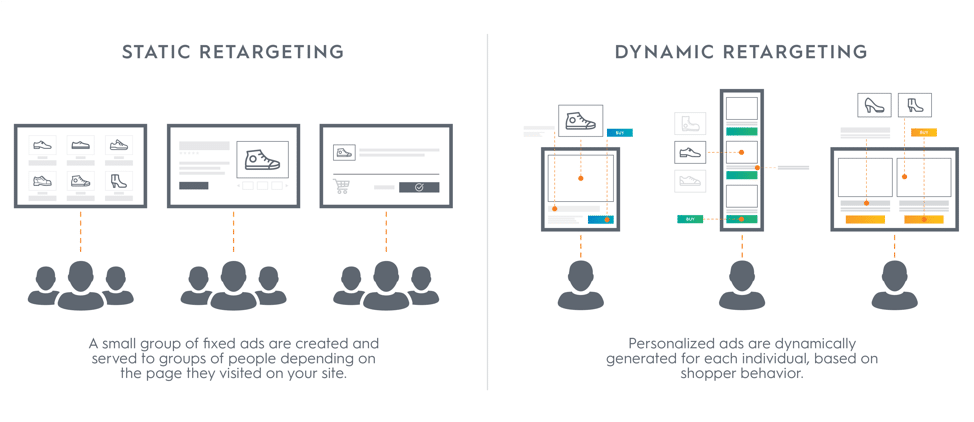
(To learn more about retargeting, read What is retargeting? Your definitive guide.)
Can I use both?
Yes! This is not one of those either/or scenarios. Since each addresses a different part of the purchase funnel, both types of retargeting can and should be used together to drive new site visitors and then convert those browsers into buyers. Both are cost-effective, high-ROI strategies that will make the most of your marketing budget.
Want to learn more about how to connect with consumers? Download our latest Shopper Story 2022 report to access new consumer trends and advertising strategies:







